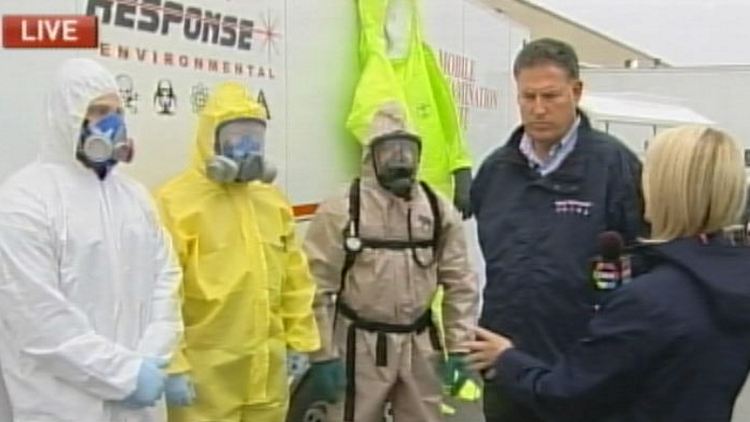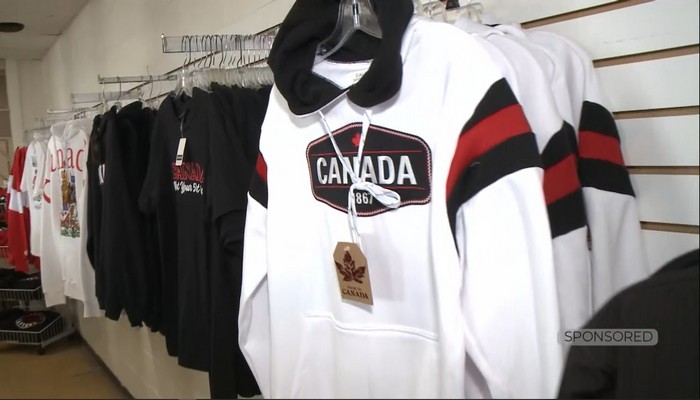
Exploring the Ebola decontamination process

[projekktor id=’15805′]
(Updated)
The decontamination process for health care workers who treat Ebola patients is complicated and requires special training. A Stoney Creek company is working with local hospitals, to make sure they’re properly prepared to deal with possible Ebola cases.
First Response Environmental has a mobile emergency decontamination trailer. They work with about a dozen area hospitals in Hamilton, Niagara, Toronto and Guelph.
If there’s a case of Ebola, they’d be called in to help. Tuesday, the crew showed CHCH Reporter Brittany Gogo what’s involved in the decontamination process.
It’s a process that takes about five minutes. This protective gear, with no skin showing, means this crew is ready to deal with Ebola.
Mitchell Gibbs, First Response Environmental: “When you are dealing with Ebola, you want to make sure that you have full face protection because you don’t want the Ebola virus to get in to any mucus membranes.”
These emergency responders — along with this mobile decontamination trailer — will be called in to help local hospitals if the Ebola virus comes here
Mitchell Gibbs: “It’s rapid it can be brought to a scene you hook up a fire hose and it’s up and running.”
The trailer has 4 separate compartments. If a healthcare worker is exposed to the virus they would first be rinsed with a hose.
Mitchell Gibbs: “Stand up like this and I would wash your body have you turn around.”
Then moved into two different shower units. And finally changed into a clean suit.
The most important part is how the equipment is removed.
Mitchell Gibbs: “So this (mask) is the second last thing to come off and these (gloves) are the last things to come off.”
The improper removal of gear leaves nurses who work with patients who are in the critical and contagious stage of the illness at risk. New protocols introduced last week monitor how people are putting on the suits and taking them off.
But the kind of gear is also important. This is what nurses are required to wear. You can see some exposed skin here.
Compare that to the gear worn by this crew.
Mitchell Gibbs says the masks nurses will be wearing are not adequate: “I wouldn’t put my people in an N95 mask. I wouldn’t put them in that mask to paint a wall let alone treat an Ebola patient.”
This is an N95 mask — similar to the one that nurses wear. We picked this up at Canadian Tire for $1.99. It’s quite different from the mask I was wearing earlier.
Gibbs says although it’s not reasonable to outfit thousands of healthcare workers with more expensive equipment, he wouldn’t trust these masks for his own workers
We were told Tuesday that at one of the designated Ebola hospitals, nurses in the ER have to put on 8 pieces of equipment rather than one of those zip up robes you saw in my story because they are too expensive. Every time you remove one piece of equipment, you risk contamination. So they basically have 8 times the risk of a single suit.
The First Response Environmental crew is heading down to Florida in a few weeks to train some people there.







